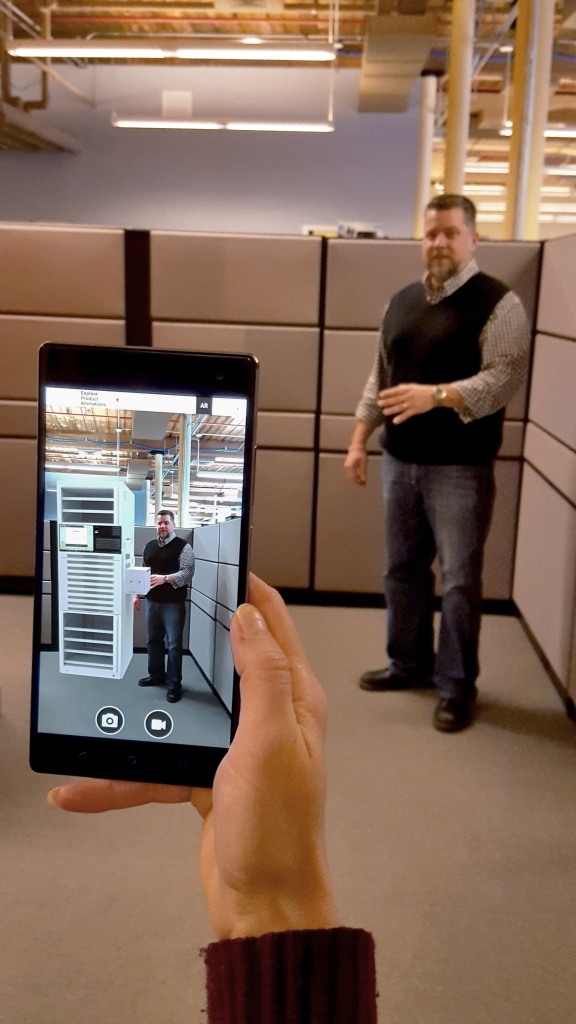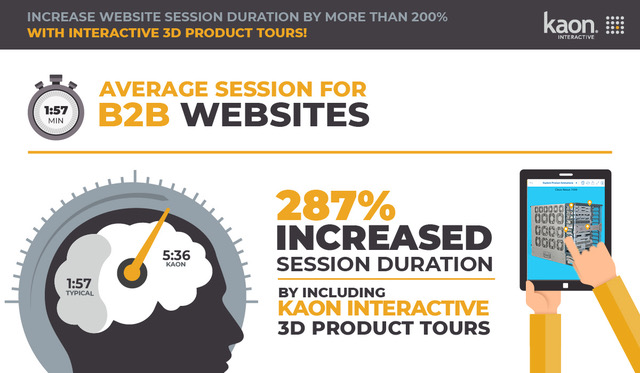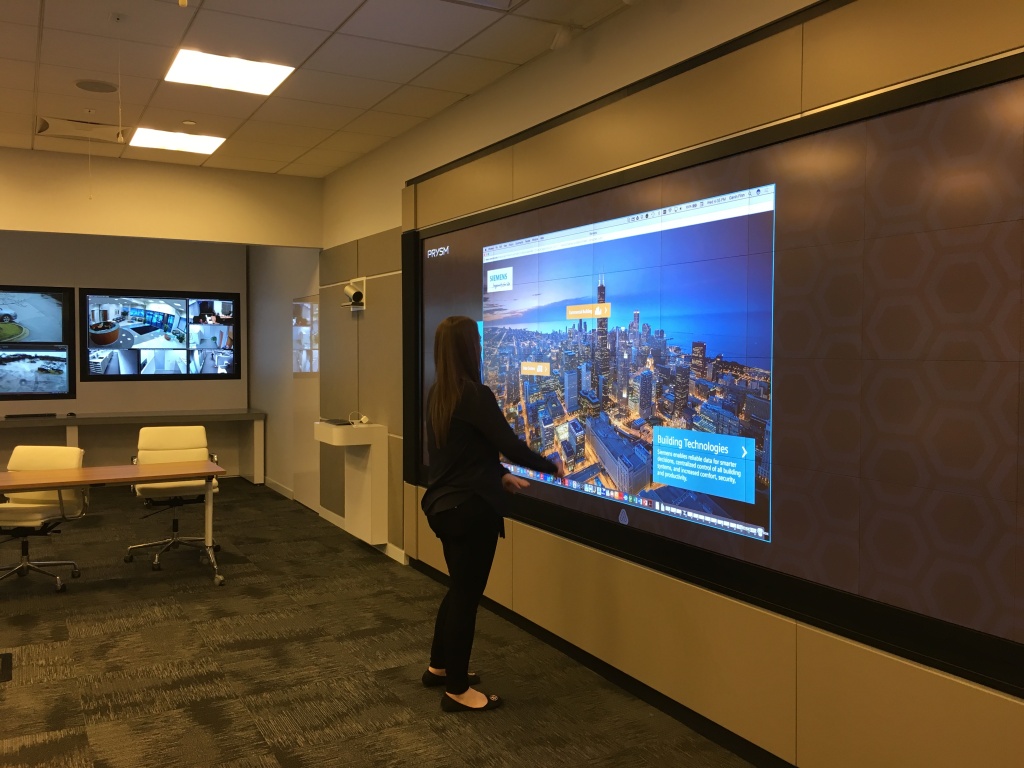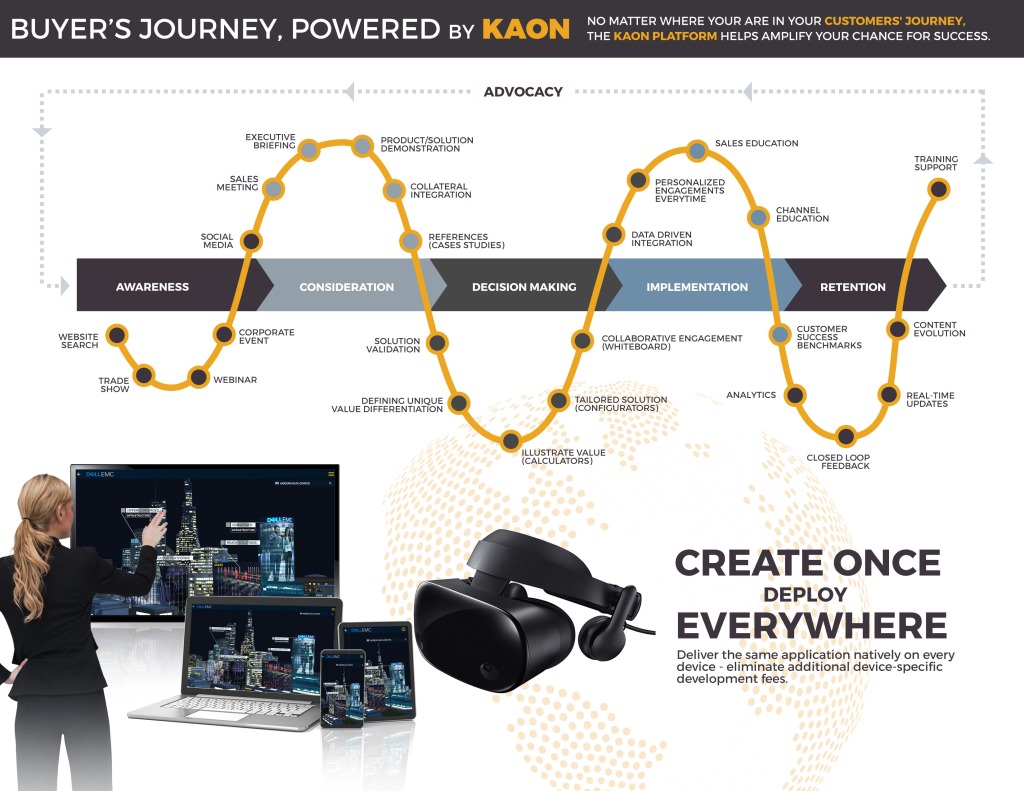blog
Why You Need a 3D Product Strategy Post-COVID-19
Estimated Reading Time: 7 minutes

When businesses reopen following the COVID-19 shutdowns, they have to adjust to new realities. While there’s a certain comfort in the idea that reopening is itself a return to normal, actual business practices are unlikely to be the same for some time yet. And one of the shifts we’re likely to see is that companies pitching products to one another may no longer be as able or willing to do so in person.
This is a point that’s being discussed frequently concerning B2C relationships. It’s expected that consumers won’t feel comfortable returning to places of business for some time, and, that when they do, companies will need to adjust to new safety needs. But in a sense, the same is true of B2B contact. With many inclined to avoid travel and in-person contact, companies will need to provide alternatives that both incentivize ongoing business and approximate ordinary practices safely.
The good news is that there are countless steps companies can take to address these issues. Among the most effective though is the implementation of a virtual 3D product strategy. This can mean a few different things, but, by and large, we’re referring to company efforts to preset their products via interactive 3D representations of materials or experiences. This can effectively allow businesses to continue pitching and assessing products, and there are several reasons it makes a significant difference in the current climate.
The Promise of Customer Experience
We mentioned above that businesses will need to provide something of an incentive to spur a return to ordinary activity. Primarily, this means making it abundantly clear that business can proceed without any risk to the health of anyone involved. Additionally, though, companies will need to make their counterparts in the business world want to interact again. There will have to be specific reasons to inch back toward normal, beyond the idea that things will have gotten somewhat safer.
Concerning the B2C issues alluded to above, one article about consumers’ return to brick-and-mortar stores took an interesting approach to solving this problem, making a comparison to Disneyland. The point was that yes, a person could purchase Mickey Mouse ears at Disneyland, but the real draw is the experience. It’s suggested that stores and shopping centers will need to mimic this principle. The draw to consumers has to be an experience, rather than just a store full of products.

This is something businesses should take to heart whether they’re dealing with consumers or other businesses. An interactive 3D product strategy can provide just the type of experience that brings some excitement to the idea of returning to normal. As an example, companies pitching products might be able to set up photo-realistic 3D product demos and augmented reality demonstrations that enable potential partners to interact with said products in a lifelike manner. Without the need to travel, meet in-person, or even handle a product (if it is something physical), businesses can exchange visuals, go over in-depth specifications, negotiate adjustments, and, ultimately, close deals. Specifics, of course, can vary greatly. But, with properly engaging 3D materials or applications, businesses can entice their potential partners by providing a whole new experience, as opposed to just something adequate within the new normal.
Increased Marketing and Sales Conversions
Looking beyond the clear need to coax potential partners back from the bizarre days of COVID-19, there’s also the simple fact that companies using interactive experiences are known to garner more attention – often with consumers, but with business counterparts as well. Online, for instance, interactive content can generate four-to-five times as many page views as static content. This means that 3D product tours, demonstrations and videos are more likely to engage potential partners than other types of static content.

It’s also said that interactive experiences are more than 33% more effective at “educating buyers,” which can be the difference between generating a conversion or failing to do so. This can be the case both in-person and online. In either case, a prospective buyer, who may be out of the habit of meeting and assessing products or services in person, may come to learn about a given option and, ultimately, make a purchase.
We know that visually engaging and interactive applications lead to more conversions, and, with businesses of all kinds operating on tight margins in the aftermath of the COVID-19 pandemic, it’s essential to take advantage of this idea.
New Angles on Familiar Products
Presenting 3D product tours also allows businesses to present new angles on existing products. In other words, a 3D product can be used to explain or portray a new product in a way that people haven’t necessarily seen or considered before — thus making said product more interesting and potentially boosting appeal. Examples come to mind across industries.

Where industrial projects are concerned, we know that related industries have gotten a boost from technologies like augmented and virtual reality. For instance, augmented reality plays a role in architecture already, in that it can help to present models of buildings or neighborhoods in realistic and interactive ways. From there, it’s not a big leap to consider how 3D representations of various industrial projects and designs can serve as all the material that related businesses need to make decisions. They’ll be able to see how the product or design at hand will look and operate within a given environment, all without any contact or in-person assessment.
In tech- and science-related sectors meanwhile, a greater focus on 3D product strategies may provide a new ability to look “inside” various items in a way that hasn’t been easy (or necessarily possible) in the past. To this point, it’s worth noting that 3D measuring in designer programs is already very much part of the process in electronics manufacturing. Engineers use software to plan and design circuit boards, processing chips, and the like, all to make devices capable of functioning the way we need and want them to. This is already a field in which in-depth 3D models are part of the process, and, with a deeper focus on 3D product strategy, some businesses could make those 3D models part of the sales pitch to prospective partners. Showing off how electronics work, and providing walkthroughs of visual representations of the design process, will make the actual devices seem that much more sophisticated and desirable.

Examples could go on, but it’s clear that while businesses focus on 3D strategies post-COVID-19, there may be frequent opportunities to make products more alluring through new angles and insights.
Low-Contact Customer Engagement
Perhaps the clearest benefit of implementing a 3D product strategy is that it will help with the transition to the new way of life we’re all facing. The low-contact economy is something that’s mentioned often about consumer-facing businesses, but the reality is that companies of all kinds will need to find ways to perform ordinary operations in new ways. While specific practices will vary from place to place, and between companies, businesses should generally expect a different kind of experience. There will be new office designs, new expectations for workforces, fewer in-person meetings, and new standards for the handling or exchange of physical products and material.
3D product showcases can’t address all of these needs, but it can certainly provide ways of interacting with products without any need for meetings, physical touch, or close contact of any kind. Other benefits include:
- Increased access to hard-to-get products for virtual demonstrations
- Putting customers in the driver’s seat to zoom/spin/animate products, increasing their knowledge retention
- Significantly reduced product shipping costs at in-person events or sales meetings
- Elevated customer engagements at virtual events, transferring enthusiasm
Using the example of electronic products discussed above, potential buyers could look through extensive 3D product catalogs to observe features without having to pass physical products back and forth. Considering industrial products, interactive 3D showcases can help businesses to negotiate and come to agreements without gathering at work sites or in factories or facilities.
Conclusion

In summary, 3D product strategies and showcases can help to address a lot of the needs businesses will have as they emerge from the COVID-19 pandemic. These strategies can provide new experiences, boost conversions, show products in new and interesting ways, and help to minimize in-person contact. It will be fascinating to see the specific ways in which different businesses make use of these general concepts. But even the broad sense of what 3D presentations can do for businesses invites some post-COVID-19 hope.